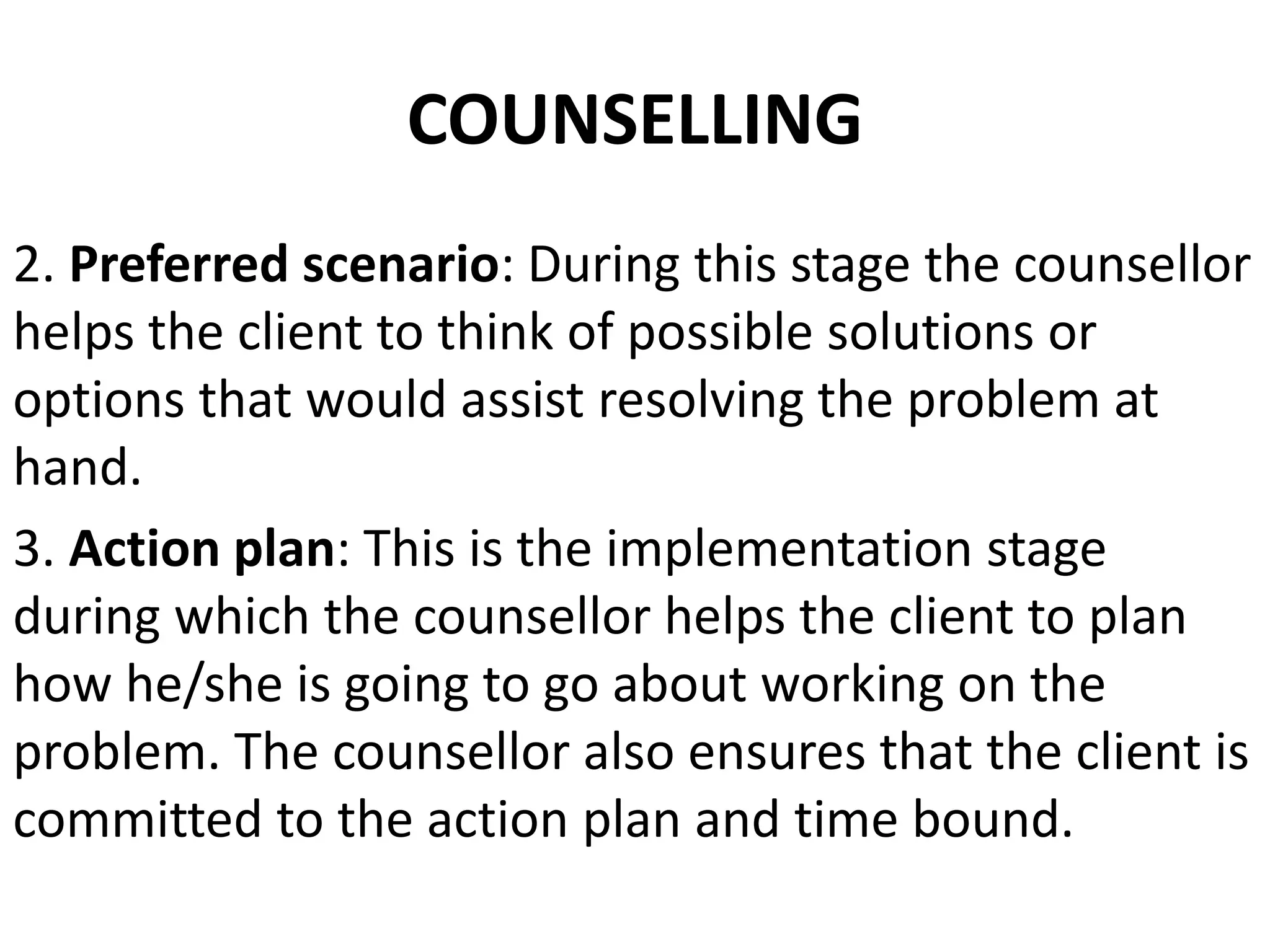The document outlines the role of psychology in medical practice, emphasizing its application to clinical settings, motivation, and the importance of psychological processes. It reviews historical perspectives, key theories, models, and approaches in psychology including behaviorism, cognitive psychology, and humanistic approaches. Additionally, it explains motivation and the physiological and non-physiological factors influencing human behavior.








































































































































































